BIA Overview
Introduction to Business Improvement Areas
Historical context – the Bloor West Village BIA
In 1970, responding to a request by a Toronto business association, Ontario passed enabling legislation to create the world’s first Business Improvement Area (BIA) in Bloor West Village. Previously relying on voluntary contributions for its projects, the newly-created Bloor West Village BIA could now rely on a steady stream of revenue from a new city levy, made possible under the legislation, for long-term planning to improve the area. Every business within its boundaries contributed to the levy. (For a detailed account, see Appendix F.)
Since the creation of this first BIA, many more have been established. Now there are more than 270 BIAs in Ontario, varying in size from fewer than 60 business and property owners to more than 2000. The BIA concept is now global, adopted by more than 500 communities across Canada, 2000 throughout the United States, and thousands more around the world including Europe, South Africa, Australia, New Zealand and Japan.
What is a BIA?
A Business Improvement Area (BIA) is a “made-in-Ontario” innovation that allows local business people and commercial property owners and tenants to join together and, with the support of the municipality, to organize, finance, and carry out physical improvements and promote economic development in their district.
Traditionally, a BIA is a body established by a municipality using the specific business improvement area provisions in the Municipal Act, 2001 . It is governed by a board of management. In this handbook, the term traditional BIA is used to generally describe such a body.
Business and property owners or others can request that a BIA be designated by a municipal bylaw. BIAs are local entities. The legislation states they are local boards.
People also refer to the geographic area designated by a municipality for a BIA as the BIA.
BIA membership and funding
Once a traditional BIA is approved by municipal council, businesses within its boundaries become members and pay the BIA levy along with their property taxes. A traditional BIA view is that this structure reflects the principle that all who benefit should be required to bear their fair share of the cost of the program. In addition, the arrangement provides a secure source of funding for BIA activities.
In addition, many BIAs undertake modest or extensive public and private fundraising to raise funds for special events or activities.
Functions of a BIA
The general functions of a traditional BIA are to:
- oversee the improvement, beautification and maintenance of municipally-owned land, buildings and structures in the area beyond that provided at the expense of the municipality generally
- promote the area as a business or shopping area
Chapter 19 of the Toronto Municipal Code*, which was substantially changed in 2007, lists additional BIA functions. They include, among others:
- to maintain business improvement area-initiated streetscaping and capital assets within the business improvement area
- to offer graffiti and poster removal services respecting building facades visible from the street, to all member property owners who provide written consent, upon approval of the program by the general membership of the business improvement area
- to undertake safety and security initiatives within the business improvement area
- to undertake strategic planning necessary to address business improvement area issues
- to advocate on behalf of the interests of the business improvement area
* The City of Toronto Municipal Code is a compilation of city bylaws arranged in chapters by subject. Chapter 19 deals with BIAs.
